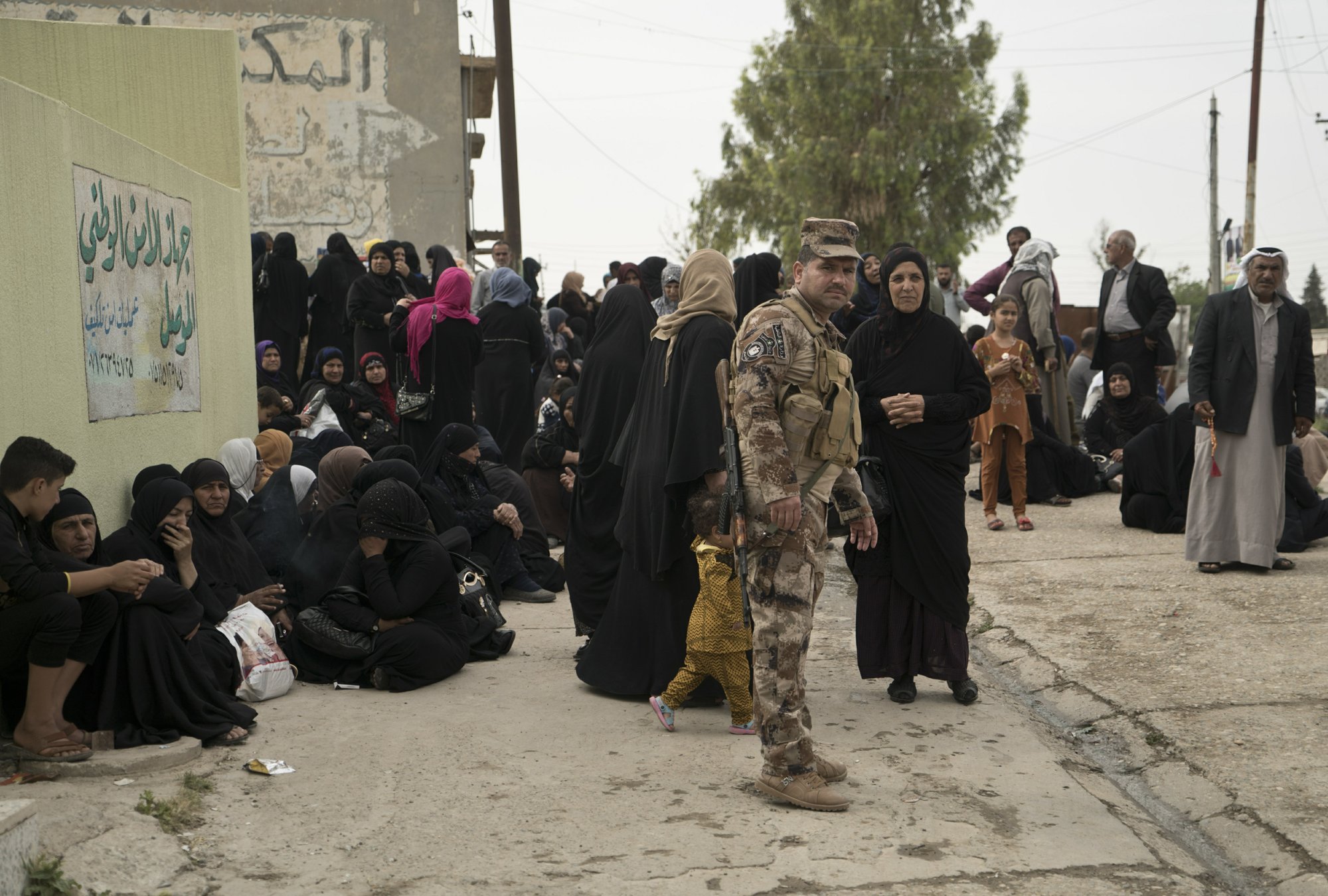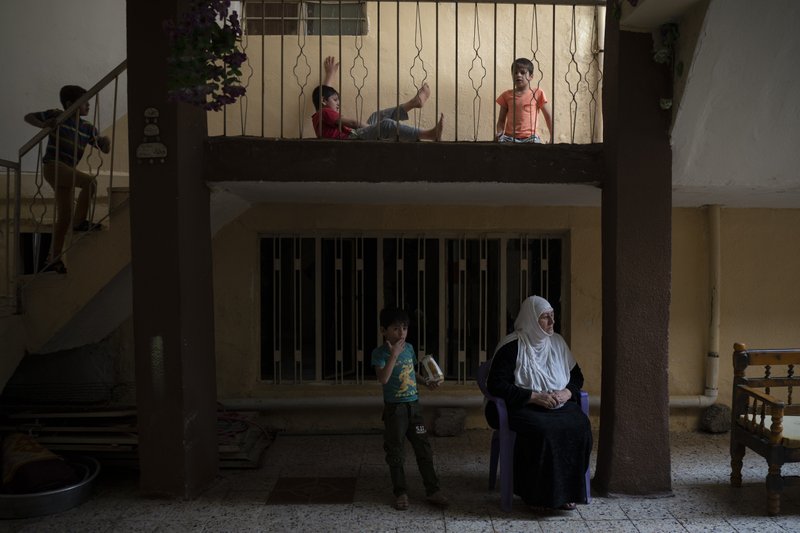The word caliph in the Arabic language means successor.
Tafsir Al-Jalalain interprets verse 30 of the al-Baqarah surah (And when thy Lord said unto the angels: Lo! I am about to place a viceroy in the earth) as God establishing Adam as His “successor” who will then implement His commands.
Ibn Kathir quoted al-Qurtubi as interpreting it as placing a successor to judge between people, implement God’s Hudud (punishments), deter immorality and carry out other duties, which is also al-Sabuni’s interpretation in the Safwat Al-Tafasir.
Caliph Abu Bakr al-Siddiq was called the successor of God’s Messenger. The same title was applied to Omar bin al-Khattab, Ali bin Abi Talib, Othman bin Affan and all the caliphs who have succeeded one another.
In his book “The Jurisprudence and Evolution of the Caliphate” al-Sanhouri says the right caliphate (succession) should be contractual, meaning it should come as a result of a free paying of allegiance, not by force. Also, he who is nominated for the caliphate should be eligible so that good governance is ensured, for the caliph has political and religious mandates, which includes administering the Sharia (Islamic law) law and uniting the Muslim world.
He considers the caliphates (successions) that came after the “Righteous Caliphs,” starting with the Umayyad caliphate until the Ottoman caliphate, as unsound because they emerged out of necessity.
This gave rise to two fundamental principles: First, that necessity allows what is forbidden, and second, that necessity may suspend a rule it deems unsuitable.
Albeit incorrect, the caliphate must commit to the duties of a correct caliphate. Also, it should only last as long as is necessary.
But history tells us that the necessity, which those caliphates claimed as being the reason for their existence, has exceeded all limits. They used force and shed blood in order to stay in power. And religious scholars were forced to accept them as a reality.
In his book “The Contemporary Islamic World”, Gamal Hamdan says the Middle Ages were the era for religion in the East and the West. Then the Islamic Caliphate began to divide into small independent states, like a kaleidoscope, or a chess board. He attributes this fragmentation to the fact that the scope of the Islamic faith had expanded considerably, or else external threats would have united the Islamic world, not divided it.
There is a difference between religion and religiosity. The former was bestowed by God, whereas the latter was devised by people, varying from one individual to another, one group to another and a certain period of time to another.
Interpreting religious text is a subjective endeavor, let alone interpreting unwritten practices that fall under jihad. Also, there are many confounding issues for Islamists and for their opponents as well, such as the relationship between what is Islamic and what is national. Add to it new concepts like popular Islam, official Islam, political Islam, Sufi Islam, Sunni Islam, Shi'ite Islam, radical Islam, reformist Islam, Asian Islam, African Islam, Levantine Islam … etc. and there is no place for al-Sanhouri’s correct or even incorrect caliphate.
About this phenomenon, Hamdan says the unification of the doctrine of Islam – not of Muslims – in order to resolve differences inherited from the past, has gotten out of context. More important now is economic and cultural exchange, solidarity with the international community to confront threats and cooperation to liberate occupied Muslim countries like Palestine. This is the effective interaction of the Islamic world. It is a “unification of work,” not of “entity.” In fact, it is a unification of fate.
Edited translation from Al-Masry Al-Youm




